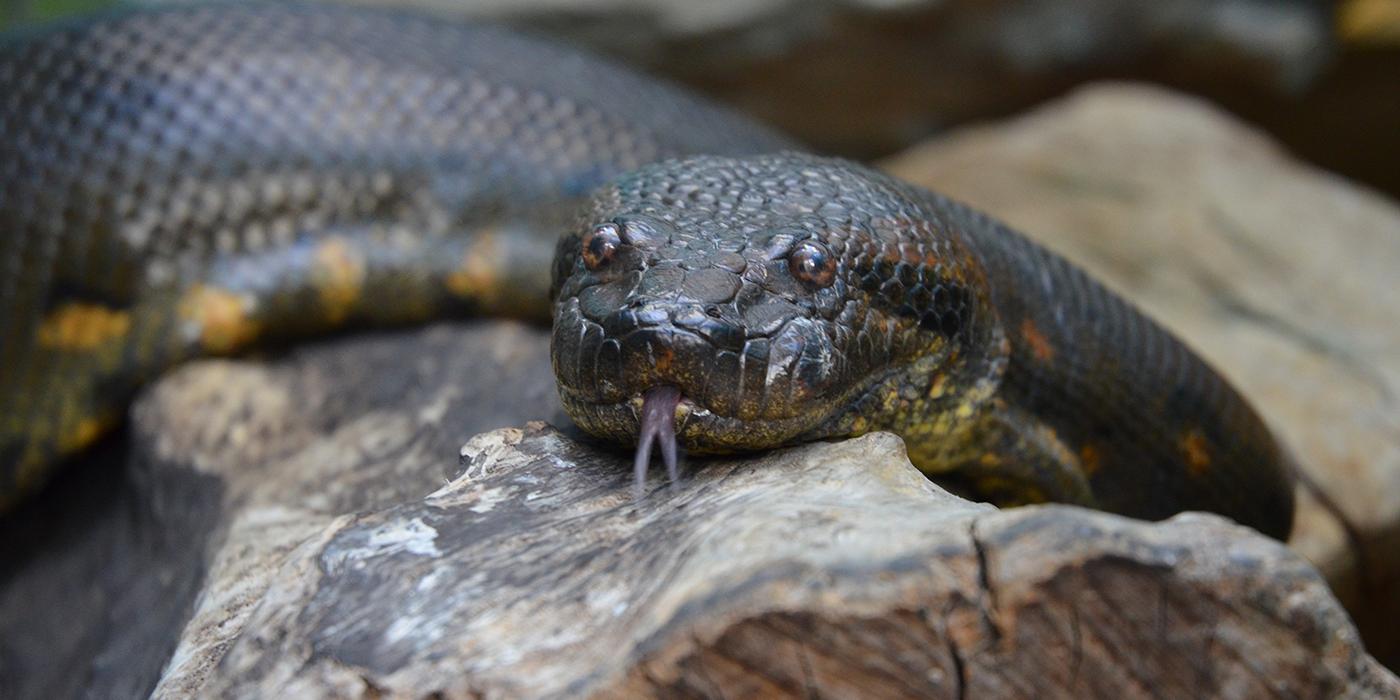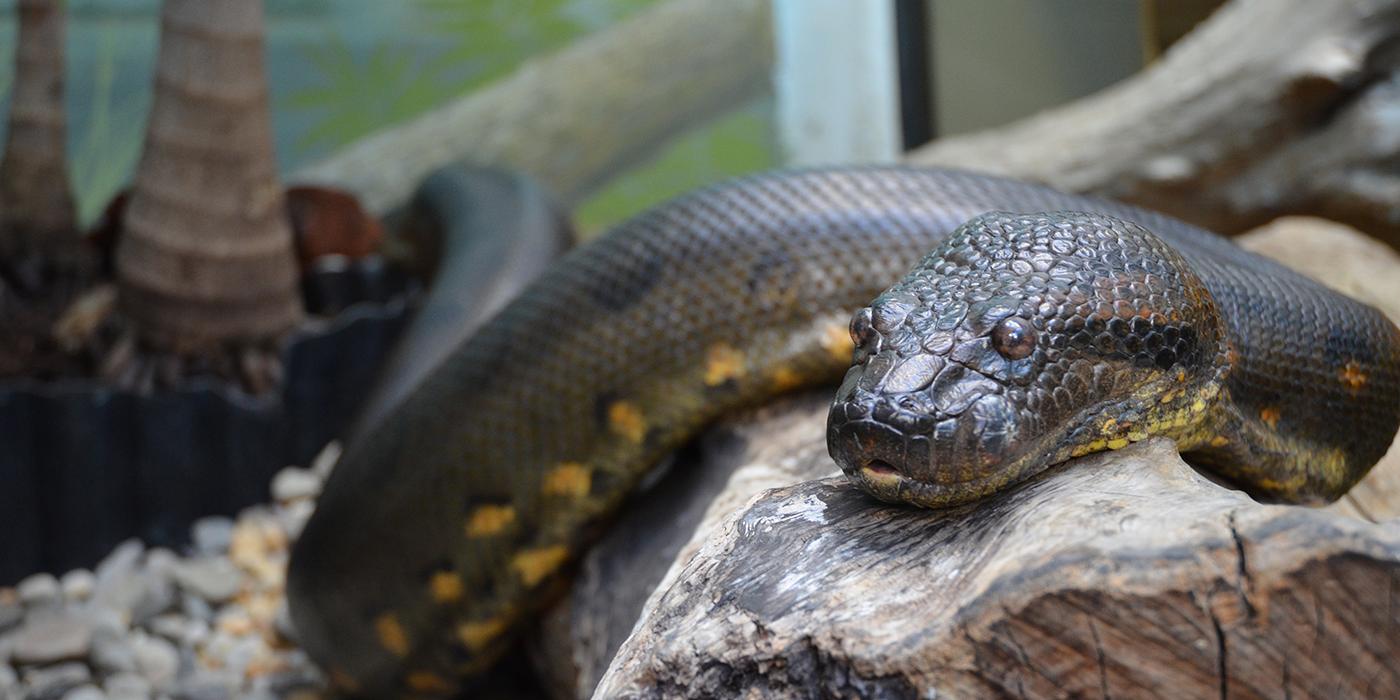
Exploring the Enigmatic Green Anaconda: Queen of the Amazon Waters
The Green Anaconda (Eunectes murinus) is one of the largest and most powerful snake species in the world, renowned for its impressive size, strength, and stealthy hunting prowess. Found primarily in the dense rainforests and swamps of South America, this iconic serpent commands respect and fascination from wildlife enthusiasts and researchers alike. In this article, we embark on a journey to uncover the secrets of the mighty Green Anaconda.
Appearance and Size: The Green Anaconda is aptly named for its striking emerald-green coloration, which provides excellent camouflage in its watery habitat. It boasts a robust, muscular body covered in overlapping scales, allowing it to move effortlessly through the dense vegetation and murky waters of the Amazon basin. Females of the species are significantly larger than males, with reports of individuals reaching lengths of over 20 feet (6 meters) and weighing up to 550 pounds (250 kilograms). These impressive dimensions make the Green Anaconda the heaviest snake species in the world by mass.

Habitat and Distribution: Green Anacondas are primarily found in the tropical rainforests, marshes, and slow-moving rivers of the Amazon and Orinoco basins in South America. They are highly adapted to an aquatic lifestyle and are often encountered in swampy areas, flooded forests, and oxbow lakes. Preferring warm, humid environments, these snakes are most active during the wet season when water levels rise and prey becomes more abundant.
Feeding Behavior: As formidable apex predators, Green Anacondas have a diverse diet that includes a wide range of prey, including fish, birds, mammals, and reptiles. They are ambush hunters, lying in wait near the water’s edge and using their keen senses to detect the slightest vibrations of potential prey. When the opportunity arises, they strike with lightning speed, constricting their victims with powerful coils before swallowing them whole. Large prey items are subdued through suffocation, as the anaconda’s coils tighten with each breath, preventing the prey from expanding its chest cavity.
Reproduction and Life Cycle: Green Anacondas are ovoviviparous, meaning they give birth to live young rather than laying eggs. Mating typically occurs during the dry season, with females giving birth to a litter of 20 to 40 neonates after a gestation period of approximately six to seven months. The newborn anacondas emerge fully formed and independent, measuring around 2 feet (0.6 meters) in length. Despite their small size, they are equipped with potent venom and instinctual hunting abilities, allowing them to fend for themselves from an early age.
Conservation Status: While the Green Anaconda is not currently considered endangered, it faces various threats to its survival, including habitat loss, poaching for its skin and meat, and conflicts with humans. Efforts to conserve this iconic species include habitat protection, regulation of hunting and trade, and research to better understand its ecology and behavior.
Conclusion: The Green Anaconda is a true marvel of nature, perfectly adapted to its watery domain in the heart of the Amazon rainforest. As we continue to explore and conserve this unique ecosystem, it is essential to recognize the critical role that apex predators like the Green Anaconda play in maintaining the delicate balance of nature. By protecting their habitats and ensuring their survival, we can help safeguard the future of this magnificent serpent for generations to come.






